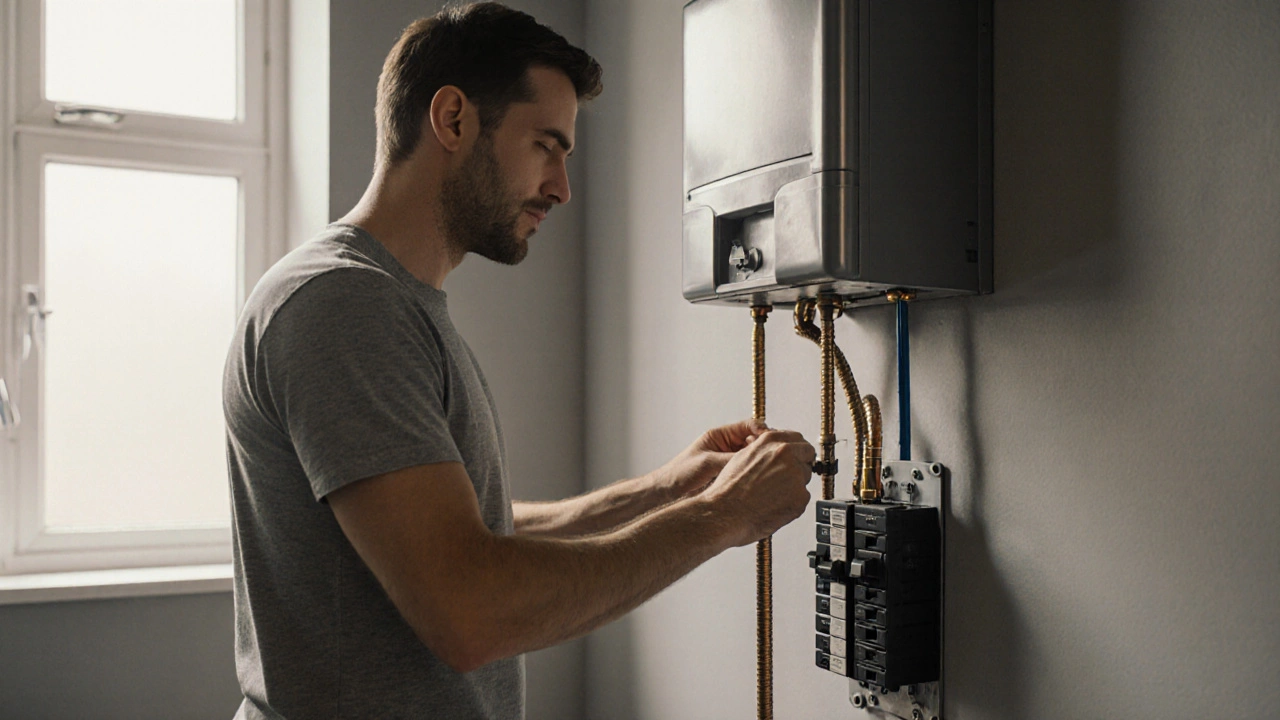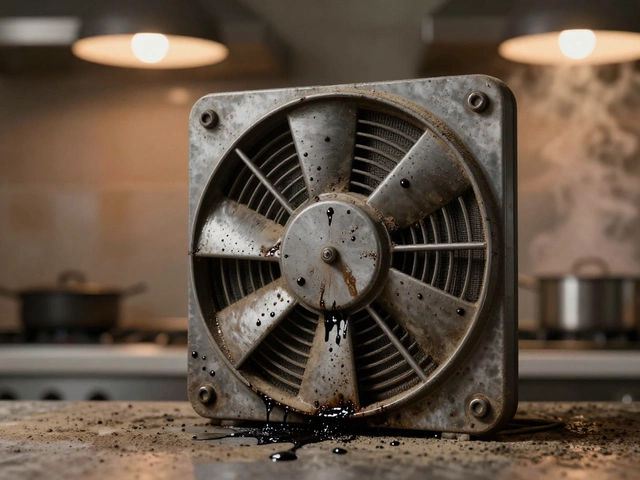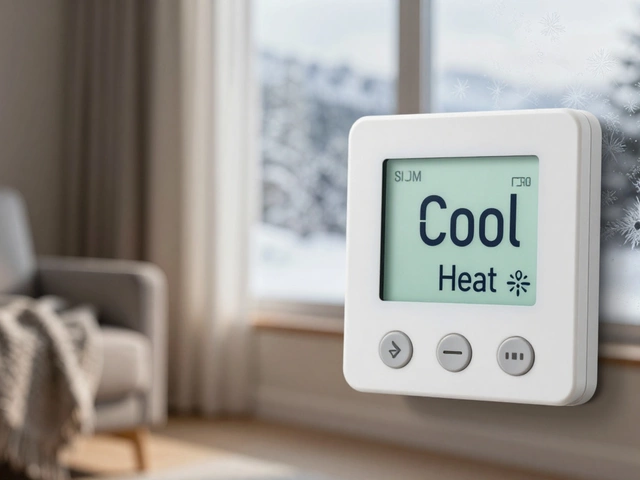Breaker Off: Why Turning the Power Off Matters in Appliance Repair
When dealing with Breaker Off, the practice of moving a circuit breaker to the off position before any electrical work. Also known as breaker switch off, this step stops electricity from reaching the appliance you’re about to fix. Skipping this simple move can lead to shocks, damaged parts, or costly setbacks. That’s why every competent repair guide starts with a clear reminder to turn the breaker off.
Understanding the circuit breaker, a safety device that automatically interrupts electrical flow when current exceeds a safe level. Also called a circuit protection switch, it sits in your home’s consumer unit and controls power to individual circuits. Modern breakers come in single‑pole, double‑pole, and even GFCI versions that add leakage protection. Knowing which breaker feeds a particular appliance lets you isolate the source without pulling the main supply, keeping the rest of the house alive while you work safely.
Electrical safety isn’t just a buzzword; it’s a set of concrete actions that protect you and your home. The electrical safety, a discipline covering proper handling of live wires, use of insulated tools, and verification of no voltage before contact, forms the backbone of any DIY repair. Simple checks—like testing with a non‑contact voltage tester after flipping the breaker—give you confidence that the line is truly dead. Wearing insulated gloves, keeping a dry work area, and labeling the switched‑off breaker for later reference are all part of a solid safety routine.
Now, let’s walk through the practical steps you’ll follow every time you need to fix a hot water tank, a boiler, an oven, or a fridge. First, locate your consumer unit—usually a metal box in the hallway, garage, or utility room. Open it and identify the labeled switches; most modern panels use colour‑coded or printed tags for lights, sockets, and large appliances. If the label is missing, use a process of elimination: turn off a breaker, test the appliance, then repeat until you find the right one. Once you’ve isolated the circuit, flip the switch fully to the off position, lock it with a tag if you’ll be working for a while, and verify with a voltage tester.
With the power truly cut, you can safely remove panels, unclog filters, or replace heating elements. A water heater that suddenly loses hot water, for example, often hides a faulty thermostat behind a cover that should never be touched live. The same goes for a boiler that stops heating—its ignition module sits right next to a high‑voltage coil. An oven that won’t heat may have a broken heating element that requires unscrewing the rear panel, and a fridge that stops cooling could have a failed compressor that needs a direct electrical connection check. All these scenarios share one common safety rule: breaker off before you start taking anything apart.
Even seasoned handymen know when to call a pro. The professional electrician, a licensed tradesperson certified to work on fixed wiring and high‑current devices brings tools like clamp meters, insulated screwdrivers, and code‑compliant experience. If you encounter a tripped breaker that won’t reset, a persistent hum from a boiler, or signs of burnt wiring, it’s time to hand the job over. Trying to force a solution without the right expertise can void warranties and create fire hazards.
Common mistakes can undo even the best preparation. Forgetting to test after the breaker is switched off is the most frequent slip‑up; a phantom voltage can still exist if a multi‑wire branch circuit is involved. Re‑energizing a circuit before all connections are secured is another danger that can spark sparks or damage delicate components. To avoid these pitfalls, always double‑check with a tester, label the off breaker clearly, and never assume the power is gone because the switch feels loose.
In the UK, the Electricity at Work Regulations require anyone undertaking electrical work to follow strict risk‑assessment procedures. Ignoring the breaker off step can breach insurance terms and leave you liable for any accidents. Keeping a written record of the breaker you switched off, the time you started work, and any lock‑out tags used can smooth the claims process if something goes wrong.
Why does all this matter for the articles you’ll find below? Each post in our collection tackles a specific appliance problem—whether it’s a sudden loss of hot water, a noisy extractor fan, or a cracked glass hob. They all start with the same safety premise: isolate the power using the breaker off technique, then move on to diagnostics, DIY fixes, and finally, professional advice when needed. By mastering the breaker off habit, you’ll cut down repair time, avoid injuries, and keep your home’s electricity system healthy.
What’s Next?
Below, you’ll discover step‑by‑step guides for water heaters, boilers, ovens, and more. Each article builds on the safety foundation we’ve just laid, showing you how to test, troubleshoot, and decide when a specialist is the right call. Dive in and turn your appliance worries into confident fixes.


